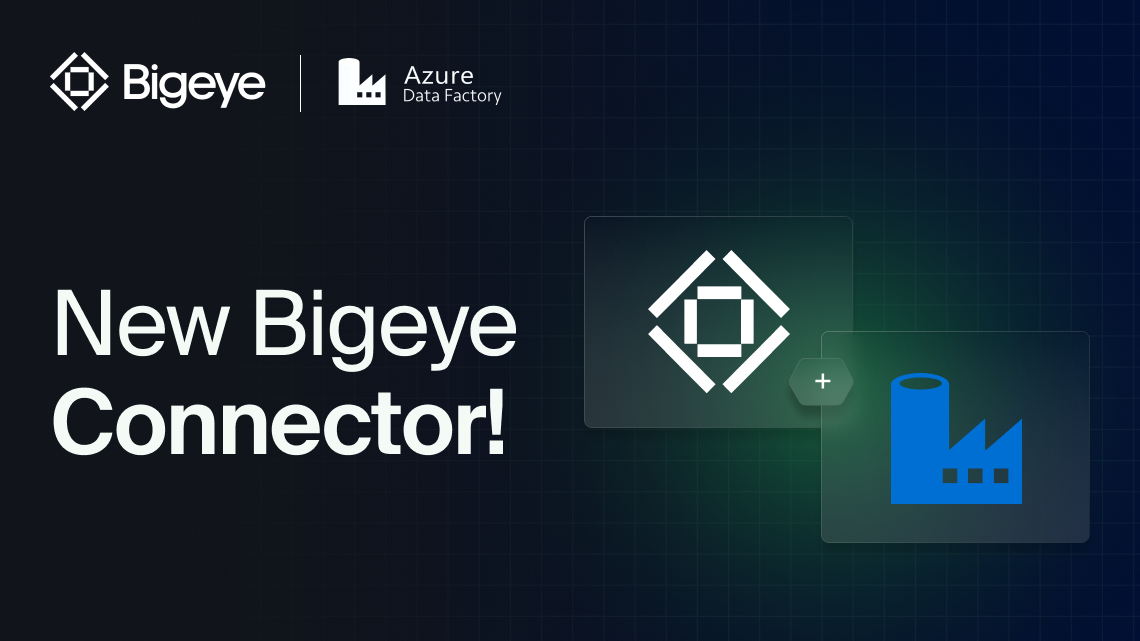New and Improved Deltas: Comparing tables is now even easier
.webp)
Get the Best of Data Leadership
Stay Informed
Get Data Insights Delivered
Data is constantly being updated, optimized, and migrated. Every day, more and more data is being moved into data warehouses and lakes with tools like Airbyte, Fivetran, and Talend. Your data teams are moving data from source systems to targets; from staging to production, and they’re probably starting to reverse it back to your applications. Data is moving and changing everywhere.
All of this data movement highlights a fundamental challenge: It’s really hard to tell whether the data you moved from point A landed unbroken at point B. That’s why we created Deltas, a unique and powerful Bigeye feature that allows you to compare and validate multiple versions of any dataset.
Deltas use automatic column mapping and ML-recommended data quality checks—beyond just row count—to catch any data drift between datasets. So whether you’re replicating data, migrating to a warehouse or lake, or merging data model changes, you can identify issues and fix them before they’re propagated across your data stack.
What’s new in the latest Deltas release
Compare a source table with multiple target tables
With the latest release, it’s now possible to compare a source table against up to two target tables across all supported data sources. This is helpful for cases when data is being replicated from a single source to multiple destination tables.
Simply set your source table and then identify the A and B target tables you’d like to compare against it. Deltas will automatically map columns and recommend metrics (i.e. data quality checks). Users can then choose to customize these recommendations or add their own metrics.
Deltas also provide advanced features like group by—helpful for adding additional levels of granular analysis—and the ability to filter the data with SQL conditions. This allows users to limit the Delta to a specific time period, omit rows, choose to only analyze a particular dimension of the data, and so on.
Slack, email, and Webhook notifications
In addition to in-app notifications, Deltas can now alert users via email, chat (Slack or MS Teams), or to your destination of choice via webhook. This allows data teams to be even more proactive and eliminates the need to log into Bigeye and check on a Delta status.

Improved UI for faster, clearer insights
Finally, the Deltas UI received a complete overhaul in this release. It’s now faster to configure and deploy Deltas and easier to identify where there are issues in your migration or replication job and decide what needs your attention. A brand new hierarchical view and information summaries give you the insights you need to take action in a matter of seconds.

Deltas are just one powerful component of the Bigeye platform that helps data teams ensure that data is always accurate and up to date. If you’re tired dealing with painful data migrations or silently failing replication jobs, get a demo and see Deltas in action.
Monitoring
Schema change detection
Lineage monitoring







